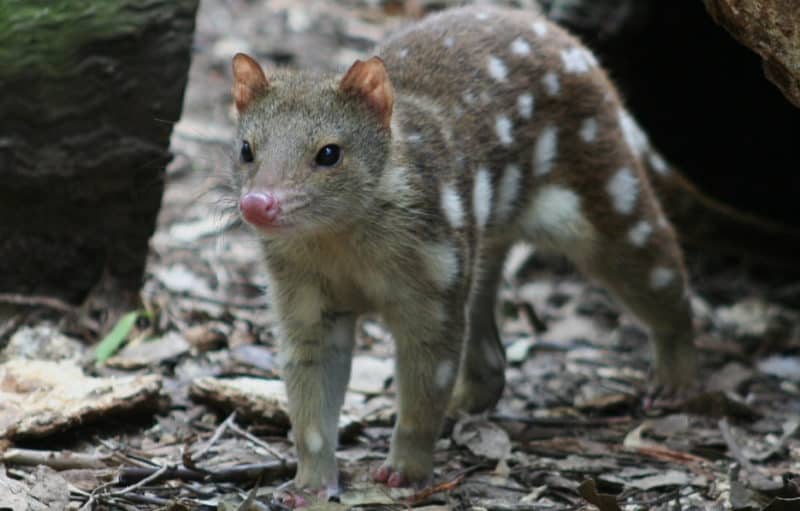PARK WATCH September 2018 |
There are real solutions to Victoria’s deer problem, but it will need commitment from government says our Parks Protection Campaigner Phil Ingamells.
It seems an insurmountable problem: up to one million deer in Victoria, the population growing by 200,000 to 300,000 thousand a year, and an apparently powerful lobby group demanding protection for a ‘quality hunting experience’.
But two things are emerging to change this situation.
First, widespread dismay over the many impacts of deer is growing. Secondly, effective and humane control methods either exist or are well into development.
Support for deer control is growing fast
Farmers across Victoria, from far East Gippsland to the Mallee, are dealing with large numbers of deer invading their land. That invasion is attracting a plethora of rogue hunters after an easy ‘drive by’ hunt. And they, in turn, are placing a burden on country police who are now being called out at night to deal with them.
Landcare groups working for many years replanting creek-sides and natural corridors with native species have seen their hard-won gains trashed by feral deer, and peri-urban councils are uniting against the growing menace on Melbourne’s fringe.
An ever-increasing range of threatened plant species is being seriously impacted, causing dismay amongst Victoria’s botanists and ecologists. Even one of Gippsland’s most characteristic trees, the stately kurrajong, is now in trouble. The adult trees are fine, but deer are feasting on any regenerating seedlings and destroying young saplings.
Deer are causing road accidents, and due to their size, the accidents are serious. A survey by the Invasive Species Council of deer accidents in just the Illawarra region of New South Wales has shown that, of 107 accidents recorded in recent years, 28 resulted in injuries to people and one resulted in death.
Control tools are here, or on the way
Effective control of deer has happened before. In 1924, an outbreak of foot-and-mouth disease in California quickly spread from cattle to native white-tail deer in the forests of the Sierras. A sense of urgency produced real action. Some 43 separate camps were set up in the rugged mountains, housing a few hundred hunters. It took about nine months, but more than 22,000 deer were killed and the outbreak was quarantined.*
We can make a very good start in Victoria by earnestly employing highly professional hunters, able to act humanely, in the most vulnerable areas of the state. In the Alpine National Park, for example, aerial shooting (already employed for deer in South Australia, Canada and New Zealand) should be used to keep deer from Victoria’s High Plains.
But the ultimate control tool is a targeted and humane bait. It will enable strategic action across the landscape, potentially removing deer from many areas, decreasing impacts in others, while still allowing recreational hunting. A number of researchers are already working on this, supported by some federal funding. What is needed now is a funding boost, maybe $1 million a year for the next three years, to enable the control we need.
That might seem a lot of money, but it’s a very cheap solution to a growing feral pest animal problem that has the capacity to invade the rest of the country. No one would blink at a $3 million solution to the cane toad problem, but the deer issue is rapidly approaching the same scale. We should act before the problem gets very expensive indeed.
Victoria will soon release its draft Deer Management Strategy
* Managing a National Crisis: The 1924 Foot-and-Mouth Disease Outbreak in California by Kendrik A. Clements. California History. Vol 84 Number 3, Spring 2007.
More
Did you like reading this article? Want to be kept up to date about nature issues in Victoria? Subscribe to our email updates.
You can also receive our print magazine Park Watch four times a year by becoming a member. Find out more here.
